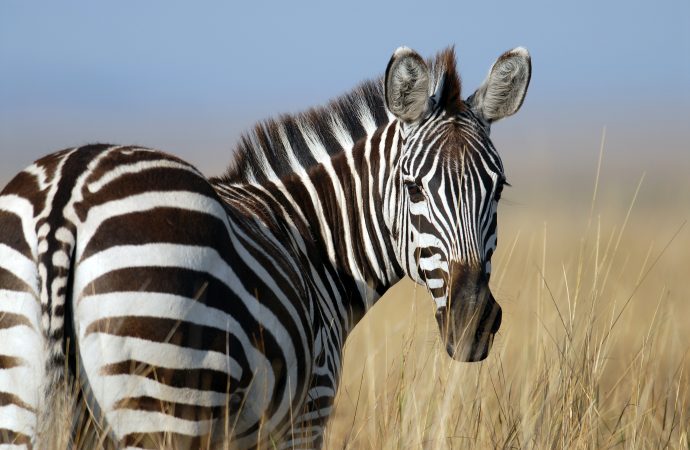Zebras are undoubtedly one of the most recognizable animals on the planet. Their black and white striped coats are instantly recognizable, making them a favorite among both wildlife enthusiasts and the general public. However, behind their striking appearance lies a history of conservation efforts that has evolved over time. The evolution of zebra conservation efforts
Zebras are undoubtedly one of the most recognizable animals on the planet. Their black and white striped coats are instantly recognizable, making them a favorite among both wildlife enthusiasts and the general public. However, behind their striking appearance lies a history of conservation efforts that has evolved over time.
The evolution of zebra conservation efforts can be traced back to the late 19th century when the demand for their skins led to a sharp decline in their numbers. At the time, zebras were primarily hunted for their pelts, which were used to make rugs and other decorative items. In response to this threat, some African governments established game reserves and national parks to protect the animals.
One of the most well-known of these parks is the Serengeti National Park in Tanzania. Established in 1951, the park covers an area of over 14,750 square kilometers and is home to an estimated 1.5 million wildebeest, 250,000 zebras, and a host of other wildlife species. The park’s success in protecting the zebra population has been attributed to its strict enforcement of anti-poaching laws and its conservation initiatives, such as the creation of watering holes to ensure the animals have access to fresh water.
However, conservation efforts have not always been successful. In the 1970s, the Hartmann’s Mountain zebra was on the brink of extinction due to habitat loss and poaching. In response, the Namibian government established the Hartmann’s Mountain Zebra Sanctuary in 1982, which has since become one of the most successful zebra conservation projects in the world. The sanctuary has not only helped to protect the Hartmann’s Mountain zebra population but has also helped to restore their habitat and educate local communities about the importance of conservation.
Today, zebra conservation efforts have expanded beyond the borders of Africa. In the United States, several zoos and wildlife organizations have established breeding programs to help protect endangered zebra populations. One such program is the Grevy’s Zebra Trust, which was established in 2007 to protect the Grevy’s zebra population in Kenya and Ethiopia. The program includes initiatives to monitor the animals, educate local communities about the importance of conservation, and provide veterinary care when needed.
The evolution of zebra conservation efforts highlights the importance of protecting these magnificent animals. While some conservation efforts have been successful, others have faced challenges, such as habitat loss and poaching. As a result, it is important to continue to support conservation initiatives and educate the public about the importance of preserving these animals for future generations.

















Leave a Comment
Your email address will not be published. Required fields are marked with *